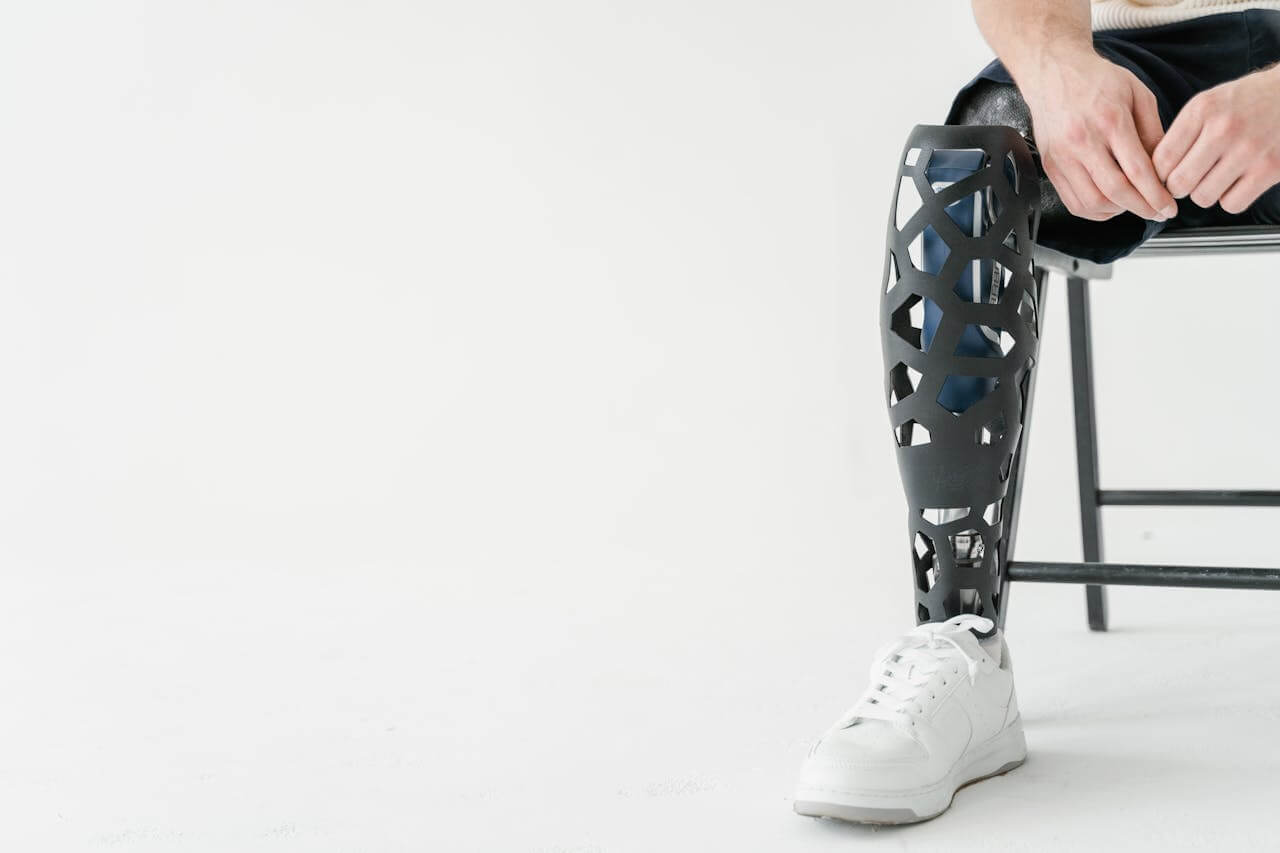Your prosthesis is an integral part of your life, providing you with independence and mobility. To ensure it continues to function optimally and lasts as long as possible, proper care and maintenance are essential. Here’s a comprehensive guide to keeping your prosthesis in top condition.
Daily Care
- Cleanliness is key: Wipe down your prosthesis daily with a damp cloth and mild soap to remove sweat, dirt, and bacteria. Pay particular attention to the socket area.
- Dry thoroughly: After cleaning, ensure your prosthesis is completely dry to prevent mold and mildew growth.
- Inspect for damage: Regularly check for any signs of wear and tear, such as cracks, loose components, or worn-out padding.
- Liner care: If you use a liner, follow the manufacturer’s instructions for cleaning and drying. It’s often recommended to change liners regularly to maintain hygiene.
Regular Maintenance
- Socket care: The socket is the most critical part of your prosthesis. If you notice any redness, irritation, or discomfort, contact your prosthetist immediately.
- Component checks: Regularly inspect all components, including the foot, knee, and ankle, for signs of wear or damage. Replace worn-out components as needed.
- Alignment: Ensure your prosthesis is properly aligned. If you experience pain or discomfort, consult your prosthetist.
- Professional check-ups: Schedule regular appointments with your prosthetist for professional inspections and adjustments.
Preventing Damage
- Avoid water: Exposure to water can damage the components of your prosthesis. If your prosthesis gets wet, dry it thoroughly and immediately.
- Proper storage: When not in use, store your prosthesis in a clean, dry place. Avoid hanging it up as this can distort the shape of the socket.
- Avoid excessive weight: Overloading your prosthesis can lead to damage. Be mindful of the weight you carry.
- Protect from extreme temperatures: Avoid exposing your prosthesis to extreme heat or cold, as this can affect the materials.
Specific Prosthesis Types
The care requirements for your prosthesis may vary depending on its type. For example:
- Myoelectric prostheses: Handle the electronic components with care. Protect them from moisture and avoid exposing them to strong electromagnetic fields.
- Below-knee prostheses: Pay close attention to the socket fit and alignment. Regularly inspect the foot for wear and tear.
- Above-knee prostheses: Ensure proper alignment and stability. Regularly check the knee joint for smooth operation.
When to Contact Your Prosthetist
If you experience any of the following, contact your prosthetist immediately:
- Increased pain or discomfort
- Skin irritation or breakdown
- Difficulty fitting into your prosthesis
- Changes in the fit or function of your prosthesis
- Unusual noises or vibrations
- Any signs of damage or wear and tear
By following these guidelines and maintaining regular communication with your prosthetist, you can prolong the life of your prosthesis and ensure optimal comfort and function. Remember, proper care is essential for your overall well-being and independence.



